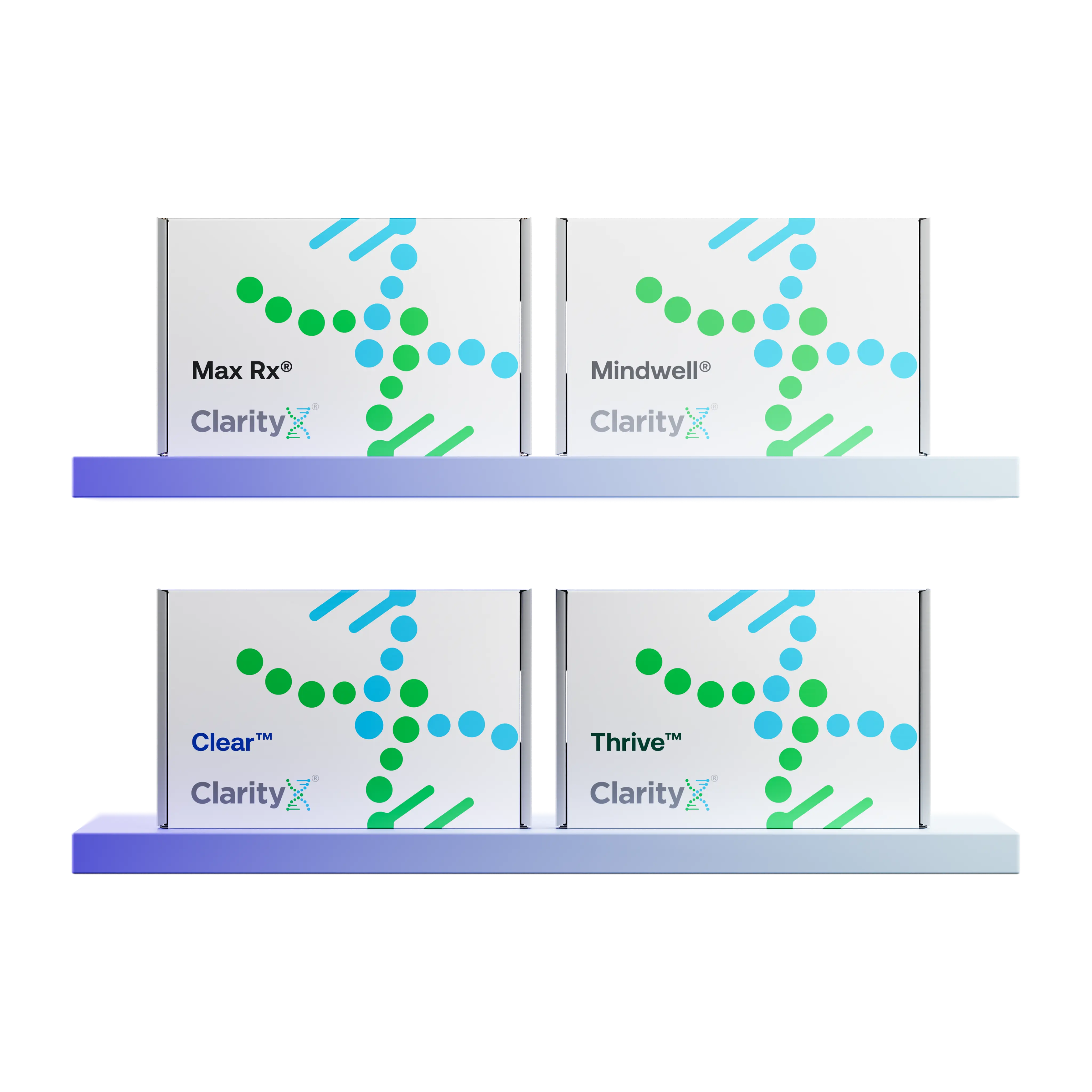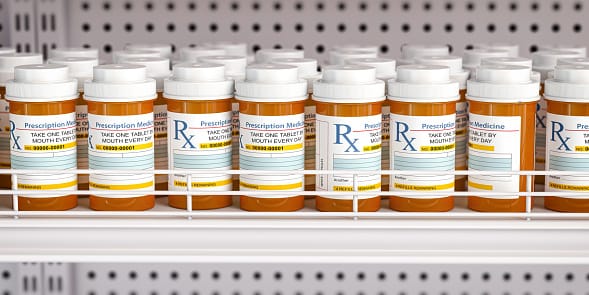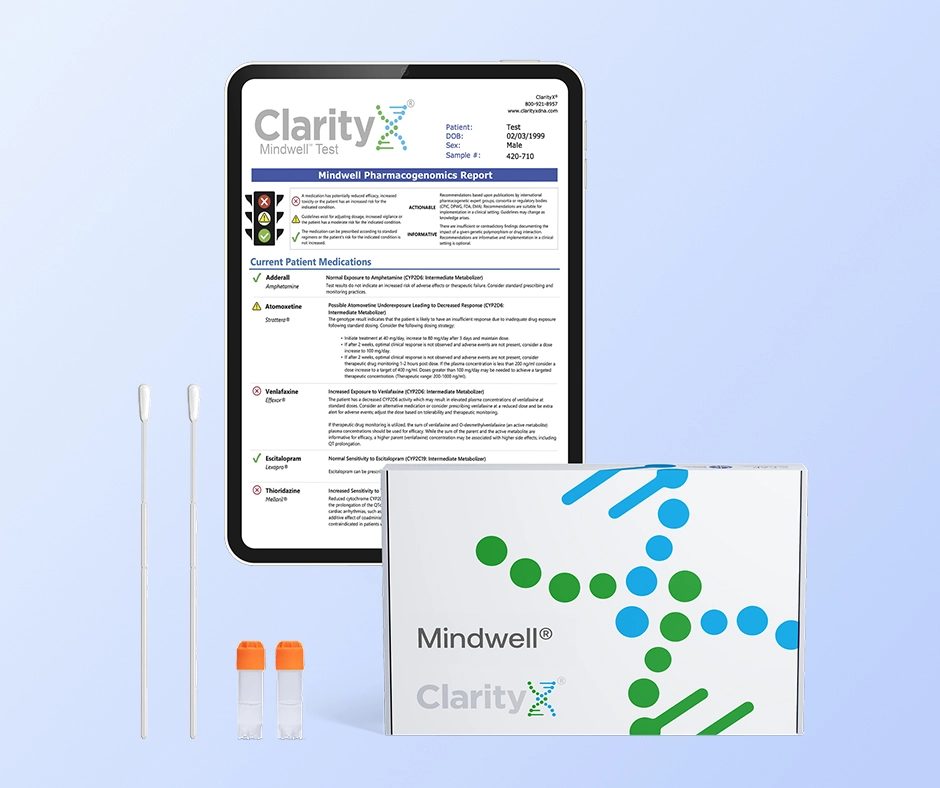Key Highlights
- Atenolol is a beta blocker used to help treat high blood pressure, chest pain from angina, and to help people live longer after a heart attack.
- After taking the first dose, you can usually see effects on your heart rate and blood pressure within 1-2 hours. The most significant benefits for blood pressure control typically occur after 1 to 2 weeks.
- Common side effects may include dizziness, fatigue, and cold fingers or toes. Serious risks include a slow heartbeat or worsening heart failure, especially for those who already have heart problems.
- Atenolol’s performance can change due to other medicines, health problems, and lifestyle choices like diet and alcohol use.
- It's important to follow the prescribed dosage. Avoid stopping the medication suddenly. Make sure to talk to healthcare providers about any unusual symptoms or possible medicine interactions.
- Changing lifestyle habits, such as regular exercise and healthy eating, can help you derive more benefits from atenolol and lower the risk of complications.
Introduction
If you have been prescribed atenolol, you may be curious about how quickly it can lower your blood pressure or slow down your heart rate. Atenolol is a type of beta-blocker. People take it as a daily oral dose to help manage high blood pressure, angina (chest pain), or certain heart conditions. Knowing when to expect its effects can help you understand how it works and manage your expectations as you collaborate with your doctor to determine the best dose of atenolol for your specific health needs.
Understanding Atenolol and Its Uses
Atenolol is a common medication prescribed for heart-related issues. It helps control high blood pressure and reduces the risk of heart problems. As a beta blocker, atenolol slows the heart rate and decreases the strength of each heartbeat. This makes it easier for the heart to function.
Treating Hypertension and Angina
Managing high blood pressure is important because it helps reduce the risk of strokes, heart attacks, and other health issues. Atenolol is primarily used to lower high blood pressure to a healthier level. It often works best when combined with other blood pressure medications. Many patients find that this medication helps maintain their blood pressure stability over time.
For people feeling chest pain from angina pectoris, atenolol provides extra help. It lowers the heart's need for oxygen and improves blood flow. This makes chest pain more manageable and can help prevent it from recurring. This benefit is really helpful in everyday life, especially during exercise.
Doctors also use atenolol to help patients after heart attacks. When taken as prescribed, it can reduce the risk of more heart problems and improve chances of survival. Regular check-ups help ensure the dose is working effectively against heart disease.
Mechanism of Action
Atenolol is a type of medicine known as a beta blocker. It mainly works by blocking beta-1 receptors in the heart. This helps the heart beat slower and with less strength. As a result, it lowers blood pressure and improves blood flow to important organs.
When you take an oral dose of atenolol, it helps your heart by reducing the impact of adrenaline and other stress hormones. This protection is particularly important when you're under stress or engaging in physical activity. It reduces the risk of problems associated with high blood pressure.
Timeline for Atenolol to Take Effect
After starting atenolol, many people want to know when they will feel the effects. You might see some changes, like a lower heart rate, within one to two hours after your first dose. However, the full benefits of lowering blood pressure usually take one to two weeks to become apparent.
During this time, your healthcare provider will closely monitor your response. It's essential to be patient and stick to your plan, as you may need to make small adjustments to your dose or daily routine to find the optimal balance.
Factors Influencing Onset of Action
Not everyone feels the effects of a dose of atenolol at the same speed or strength. Many factors can affect how quickly you notice results. Your overall health, age, medical conditions such as kidney disease, and even genetic factors that influence how your body processes medication, are all important.
If you take other medications with atenolol, they may interact and change when you start to see improvement. Making lifestyle changes, such as reducing salt intake, engaging in regular exercise, or managing stress, can also help manage blood pressure.
Following your provider's instructions is crucial. Informing them about any unexpected reactions can help you gain the most benefit from atenolol while minimizing risks. You may require some adjustments, especially in the initial weeks as your body acclimates to it.
Common Side Effects of Atenolol
Like many medications, atenolol can have side effects. Some effects may be mild and improve as the body adjusts to the medication, but others may require more care.
Minor Side Effects and Management
Some of the common side effects of atenolol include:
- Lethargy
- Dizziness
- Cold hands or feet
- Shortness of breath
Much of the effects of atenolol are related to reduced blood pressure. Dizziness is particularly common during the early stages of therapy. If you’re still feeling dizzy after several days of use, it’s vital to talk with your healthcare provider to limit your risk of injury due to falls.
Because atenolol affects beta-adrenergic activity, there can be some cross-over effects in the airways and lungs. In general, beta activity helps widen airways to allow more airflow. When this is blocked, airways may become more constricted. Shortness of breath directly associated with atenolol is fairly uncommon; however, it may be a more significant consideration when evaluating a potential change in the efficacy of inhalers for conditions such as asthma or COPD (which often act by stimulating beta-adrenergic activity). It’s important to note that shortness of breath may also be a sign of worsening heart failure. Always discuss shortness of breath with your healthcare providers.
For individuals managing diabetes, it’s important to note that beta blockers like atenolol may mask the symptoms of hypoglycemia (low blood sugar). Depending on your needs, it may be important to regularly check your blood glucose levels as directed by your healthcare provider.
When to Seek Medical Attention
Most side effects of atenolol are mild. However, some reactions can be severe and require urgent assistance from a healthcare professional. Symptoms of an overdose include: severe dizziness, very slow heart rate, extreme tiredness, trouble breathing, or chest pain. These require emergency care.
More serious side effects may include signs of heart failure, such as unusual swelling, breathing problems, or sudden weight gain. Irregular heartbeats and severe allergic reactions also require immediate medical attention. Individuals with heart or kidney disease must exercise greater caution, as their risk for complications may be higher.
Do not ignore symptoms that seem severe or alarming. If you are unsure, call your provider or go to the emergency room. It is always better to be careful when health or life-threatening reactions are possible. This is especially true in the first weeks of atenolol therapy or after changing a dosage.
Serious Health Risks and Warnings
The primary risks associated with atenolol pertain to the heart and circulatory system. This is especially true for people with existing heart failure or a history of heart attack. Atenolol slows the heart rate. This can worsen heart failure symptoms or lead to new problems if not watched closely.
Patients who have had a heart attack (also called myocardial infarction) may find atenolol helpful. However, stopping the medication suddenly can raise the chance of another heart attack or even death. If you need to stop taking it, your doctor will lower the dose gradually over a few weeks to keep your heart safe.
Other heart issues could include worsening conditions like sinus bradycardia (very slow heartbeat) or heart block. It might also lead to dangerously low blood pressure. Those with poor circulation may find that their cold hands or feet worsen. Keeping track of any changes and sharing concerns early can help avoid complications and maintain good cardiovascular health.
Interactions with Other Medications
Atenolol, a beta blocker, can interact with several other commonly prescribed medications used to treat heart conditions, high blood pressure, or arrhythmias. Notably, using atenolol along with certain medications—such as other beta blockers, drugs for atrial fibrillation, or calcium channel blockers like verapamil or diltiazem—increases the risk of dangerously slow heart rate or heart block.
It’s important to disclose all medications you’re taking to your healthcare provider and pharmacist to prevent adverse interactions. Here’s a quick reference table:
Close monitoring and regular consultation with your provider are key, especially if you have a history of ventricular arrhythmias, atrial fibrillation, or other cardiovascular diseases.
Maximizing the Benefits of Atenolol
To achieve the best results from your atenolol treatment, it is essential to follow your doctor's instructions carefully. This means you should take your medicine at the same time every day and never skip a dose. Your doctor may also recommend some lifestyle changes, such as improving your diet or exercising, to support your heart health.
Open communication about any changes in how you feel can help you achieve better results. This can help lower the risk of problems and maintain a stable blood pressure and heart rate. It’s important to avoid changing the dosage on your own, as this can increase the risk of complications.
Lifestyle Adjustments for Optimal Results
Taking atenolol often works best when paired with certain lifestyle changes. For instance, alcohol should be used in moderation as it can impact cardiovascular health.
Making changes such as exercising regularly, following a heart-healthy diet, reducing salt intake, and quitting smoking can significantly enhance the effects of atenolol. These adjustments might even allow you to take lower doses. Additionally, it's important to manage stress and monitor your weight. Excess weight can elevate blood pressure and diminish the effectiveness of the medication.
Talk to your doctor if you plan to make big lifestyle changes while using atenolol. Combining these healthy habits with your medication can lead to a stronger heart, a better quality of life, and a lower risk of health problems in the future.
Conclusion
Atenolol is a cardioselective beta blocker that can help manage blood pressure, chest pain, and improve survival rates after a heart attack. It’s important to work closely with your healthcare providers to ensure safe use, however, as there are some potential risks involved with its use. Always discuss your health history and any medications you use with your healthcare providers to help ensure your treatment is as safe and effective as possible.
Lastly when considering treatment options like Atenolol your genetics can also play a vital role in determining which medications will be best suited for you. A simple test can help reduce the trial and error process associated with finding the right medication. Find out more by visiting www.clarityxdna.com
Frequently Asked Questions
How long should I wait to see the effects of Atenolol?
You may see initial effects, like a slower heart rate, 1-2 hours after your first dose of atenolol. This happens when peak concentrations are reached. To feel the full effects on blood pressure, you might need to take it regularly for 1-2 weeks. Your healthcare provider will monitor your progress during this time.
Can Atenolol be used alongside other heart medications?
Atenolol is a beta blocker that works well with other heart medications. However, it’s important to watch for interactions, especially when using it with drugs for atrial fibrillation, other beta blockers, or antiarrhythmics. These interactions might increase the risk of death or worsen heart problems. Always consult your health care provider before combining treatments.
What should I do if I experience severe side effects?
If you experience serious side effects, such as signs of overdose, severe allergic reactions, or significant changes in your heart rate or breathing, seek emergency help immediately. Contact your healthcare professional for urgent medical advice. This will help manage the situation swiftly and minimize issues related to atenolol use.
References
https://dailymed.nlm.nih.gov/dailymed/drugInfo.cfm?setid=25a72ec9-de0f-44e5-90b8-da1aab0d3588
https://www.ncbi.nlm.nih.gov/books/NBK539844/
https://www.ncbi.nlm.nih.gov/books/NBK532906/
https://files.cpicpgx.org/data/guideline/publication/beta_blockers/2024/38951961.pdf
https://clarityxdna.com/blog/genetic-testing-for-medication-efficacy/






